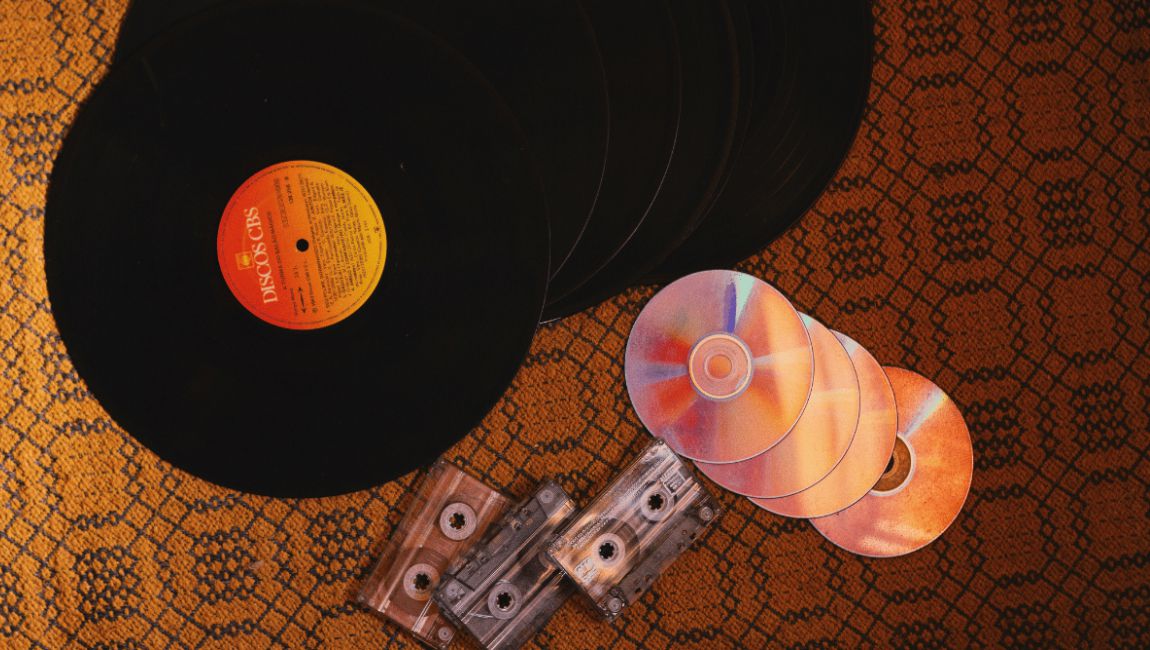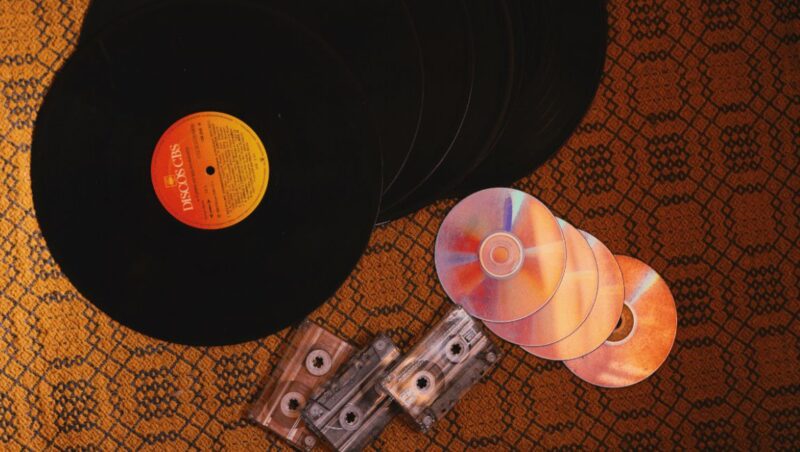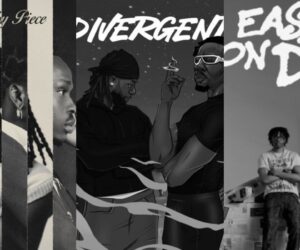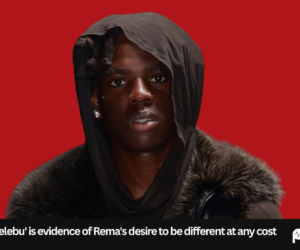
If you’ve been exploring music, you’ve probably come across the terms LP and EP. They’re thrown around a lot, but many people aren’t exactly sure what they mean.
In simple terms, these labels tell you how much music you’re getting and how an artist wants their work presented. Here, we’ll break down what an LP is, how it differs from an EP, and why artists still use the term even in the streaming era.
What Is an LP?
LP stands for Long Play. It started as a vinyl record format introduced by Columbia Records in 1948.
Back then, most records were made from a shellac material that was scratchy and could only hold a few minutes of music per side. LPs changed that. They were made of vinyl, spun slower at 33⅓ revolutions per minute (RPM), and had smaller grooves, which meant a 12-inch LP could play about 25 minutes per side (around 50 minutes total).
This longer runtime allowed artists to include seven or more tracks or even extended classical pieces, making LPs the standard for full-length albums.
Over time, the term “LP” became synonymous with any complete music album, not just vinyl records. Today, even on streaming platforms, when artists say “LP,” they usually mean a full-length album, typically 10–12 songs.
What Is an EP?
EP stands for Extended Play, and it’s a shorter release than an LP. Imagine it as the middle ground between a single and a full album. EPs usually have 3–5 tracks and are great for artists who want to release music without committing to a full album.
They are often used for experimentation. Artists can test new sounds, explore different styles, or give fans a taste of their music between major releases. They’re also more affordable to produce, making them popular for indie artists or emerging musicians.
Read Also: Victony Is Getting “Very Stubborn” With His New EP Out This November
Charting rules differ depending on where you are. For example, in the UK, a release with more than four tracks or over 25 minutes counts as an album for charts. On iTunes or Apple Music, four to six tracks under 30 minutes is an EP, while seven tracks or more is considered an album.
In short, an EP is not a full album, but it’s a significant release for both artists and fans.
EP vs LP: Main Differences
Understanding the difference between an EP and an LP is easier when you focus on length, format, and purpose.
-
Length: EPs are shorter, usually just a snapshot of an artist’s style, while LPs offer a complete listening experience and a more detailed look at the artist’s vision.
-
Format: On vinyl, EPs often come on 7-inch discs that might need an adapter to play on standard turntables. LPs are typically 12-inch records, which fit most players without extra equipment.
-
Spin Rate: Most LPs spin at 33⅓ RPM, which allows more music per side. EPs, especially on 7-inch vinyl, spin at 45 RPM, which can give slightly higher sound quality but less total runtime.
-
Purpose: EPs are often used to tease new music, test styles, or keep fans engaged. LPs are meant to be a full artistic statement, whether that’s a concept album, a collection of songs from a specific era, or a cohesive body of work.
Singles vs LPs
A single is even smaller than an EP. Usually, it’s just one or two tracks, often released ahead of an album as a lead single. Singles can be physical or digital, standalone or tied to a larger album release.
LPs, in contrast, are a full album experience. They provide context, let artists explore themes, and allow fans to hear a complete body of work.
Why Artists Still Use the Term LP Today
-
It signals a full album: Saying “LP” immediately tells fans they’re getting a complete project, not just a single or a short collection.
-
It carries history and credibility: LPs have been around since the vinyl era. Using the term connects new music to decades of musical tradition.
-
It frames storytelling: LPs are ideal for concept albums or projects where songs flow together to tell a story.
-
Vinyl resurgence: LPs are back in style thanks to the growing interest in vinyl records, giving physical collectors a reason to keep the format alive.
-
Streaming clarity: Even on Spotify or Apple Music, calling something an LP helps distinguish it from shorter releases like EPs or mini-albums.
LPs in the Digital Era
Digital music consumption has almost replaced physical formats, but LPs have seen a resurgence. They exist both as vinyl for collectors and as a term to describe full albums online.
In essence, an LP is a description. It’s a way for artists to show their work in full and for fans to experience it as a complete journey, not just a playlist of singles.
In music, understanding LP vs EP vs single is useful whether you’re a fan, collector, or aspiring artist. Even today, “LP” is more than just a vinyl label; it marks a complete musical project, and a term that continues to matter in both physical and digital music.
So next time you see “LP” on a release, you’ll know it’s not just old-school jargon. It’s an intentional musical experience.








